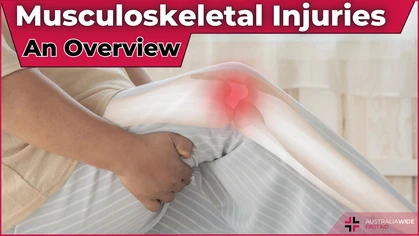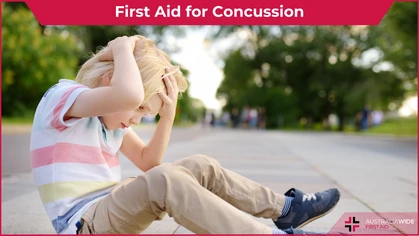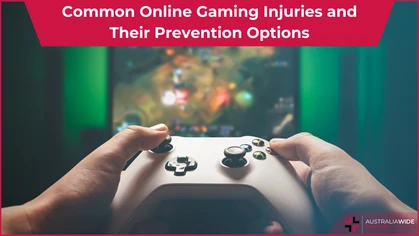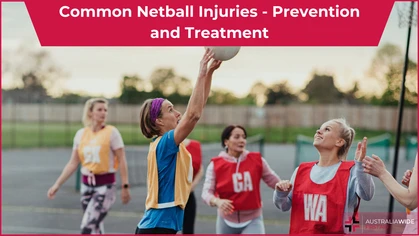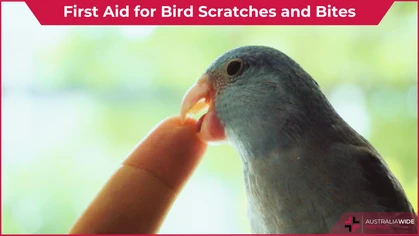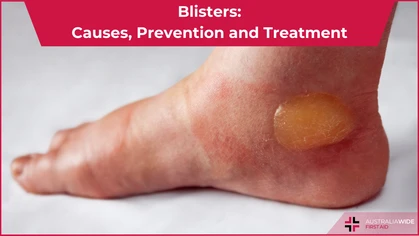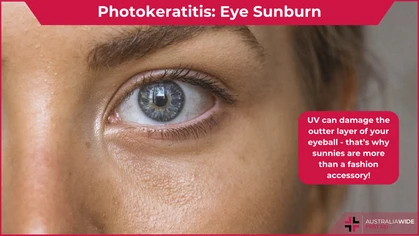Types of Jaw Injuries and their Management

Injury
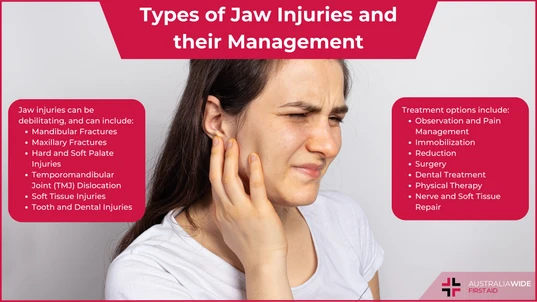 The human jaw, a marvel of anatomical engineering, plays a pivotal role in our everyday lives, enabling us to speak, eat, and express a range of emotions.
The entire jaw complex is made up of the upper jaw or maxilla and the lower jaw or mandible. The maxilla is attached to the skull base and is immobile. The mandible is the mobile part of the jaw and enables movement such as talking and chewing. The point where the maxilla and mandible meet is known as the temporomandibular joint, that is the jaw joint.
The entire jaw complex is delicate and susceptible to injuries. Here we will discuss of the various forms of jaw injury and their management.
The human jaw, a marvel of anatomical engineering, plays a pivotal role in our everyday lives, enabling us to speak, eat, and express a range of emotions.
The entire jaw complex is made up of the upper jaw or maxilla and the lower jaw or mandible. The maxilla is attached to the skull base and is immobile. The mandible is the mobile part of the jaw and enables movement such as talking and chewing. The point where the maxilla and mandible meet is known as the temporomandibular joint, that is the jaw joint.
The entire jaw complex is delicate and susceptible to injuries. Here we will discuss of the various forms of jaw injury and their management.
Types of Jaw Injuries
Jaw Fractures Mandibular Fractures: These involve fractures of the lower jaw (mandible) and can occur in various regions of the jaw, such as the symphysis, angle, condyle, or body of the mandible. Maxillary Fractures: Fractures of the upper jaw (maxilla) can also occur in different regions and may be referred to as Le Fort fractures. Hard and Soft Palate Injuries These may occur in association with jaw injuries, causing damage to the roof of the mouth and surrounding tissues. Temporomandibular Joint (TMJ) Dislocation TMJ dislocation occurs when the jaw joint is forced out of its normal position. This can be a result of trauma, excessive jaw movement, or underlying joint issues. Dislocations can be open (visible) or closed (not visible). Soft Tissue Injuries Soft tissue injuries affect the skin, muscles, and other tissues surrounding the jaw area. These injuries include lacerations, cuts, abrasions, or bruising. Tooth and Dental Injuries Dental injuries can occur in conjunction with jaw injuries and involve cracked, chipped, or avulsed (knocked out) teeth.Causes of Jaw Injuries
- Motor Vehicle Accidents: Car, motorcycle, or bicycle accidents can result in direct impact to the face and jaw, leading to fractures, dislocations, or soft tissue injuries.
- Falls: Falls, especially from heights or on hard surfaces, can cause jaw injuries. This is particularly common among the elderly and young children.
- Sports Injuries: High-impact sports such as football, hockey, and boxing pose a risk of jaw injuries, especially in the absence of proper protective gear.
- Physical Altercations: Fights and altercations, whether intentional or not, can lead to punches or blows to the face, causing jaw trauma.
- Workplace Injuries: Some professions, such as construction or those involving heavy machinery, carry a higher risk of occupational accidents leading to jaw injuries.
- Medical Conditions: Certain medical conditions, such as osteoporosis, which weakens the bones, can increase the risk of jaw fractures due to minor trauma or even normal activities like chewing.
- Biting or Chewing Hard Objects: Biting or chewing hard objects like ice, un-popped popcorn kernels, or non-food items can cause dental injuries or fractures of the jawbone.
- Medical Conditions Affecting Bone Health: Conditions like osteoporosis and bone metastases from cancer can weaken the jawbone, making it more susceptible to fractures from minimal force.
- Temporomandibular Joint (TMJ) Disorders: Chronic TMJ disorders, often related to jaw clenching or grinding (bruxism), can cause joint dysfunction, leading to pain and potential injuries over time.
- Overuse or Stress on the Jaw: Habitual behaviours like excessive gum chewing, nail-biting, or jaw clenching can strain the jaw joint and surrounding structures, potentially causing pain or discomfort.
- Birth Defects and Genetic Factors: Congenital conditions or genetic factors may lead to structural abnormalities in the jaw, increasing the risk of injuries or deformities.
- Age-Related Changes: As individuals age, the risk of jaw injuries may increase due to changes in bone density and muscle strength.

Physiotherapy can be a good treatment option for certain types of jaw pain.
Treatment for Jaw Injuries
The approach to treating jaw injuries is contingent on the specific type and severity of the injury. Proper management is pivotal for a successful recovery. Below is an overview of various treatment options for jaw injuries: Observation and Pain Management Minor injuries, such as soft tissue injuries or small fractures, often resolve with time. Pain can be alleviated using non-prescription pain relief medications like acetaminophen or non-steroidal anti-inflammatory drugs (NSAIDs). Immobilization Immobilization is sometimes necessary for certain jaw fractures to foster healing and prevent further harm. In specific cases, the jaw may be temporarily wired or banded to limit movement and promote recovery. Adhering to a soft diet, which comprises foods that require minimal chewing, can give the jaw the rest it needs for healing. This dietary adjustment may be required for a few weeks. Reduction In cases of jaw dislocations, a healthcare professional may gently manipulate the jaw to realign it with its normal position. Surgery More severe fractures or dislocations often necessitate surgical intervention. Surgical techniques encompass:- Internal Fixation: The application of screws, plates, or other fixation devices to stabilize and align fractured bones.
- Reconstructive Surgery: Complex fractures may warrant reconstructive surgery to restore the jaw's shape and function.
- Oral and Maxillofacial Surgery: This specialized surgical field is dedicated to the treatment of jaw injuries, including intricate fractures and other facial and jaw disorders.
Conclusion
In conclusion, it is essential to opt for proper preventive measures to safeguard yourself against jaw injuries. Consult a healthcare professional promptly in case of a jaw injury and ensure proper follow-up for an uneventful healing.
Originally published at
https://www.australiawidefirstaid.com.au/resources/types-of-jaw-injuries-and-their-management
as part of the Australia Wide First Aid Articles Library

